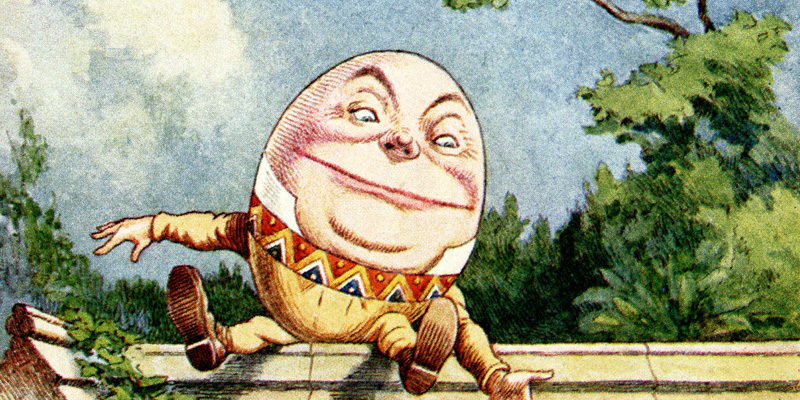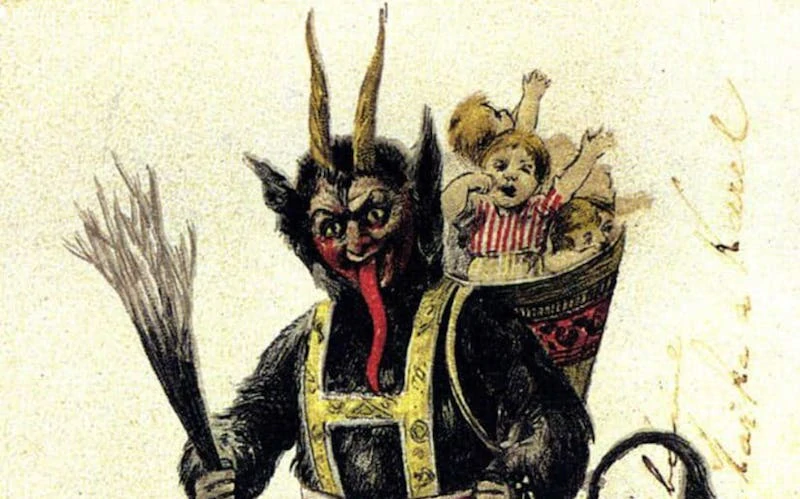Lucrezia Borgia was one of early modern Italy’s most widely studied women. But, unfortunately, posterity does not remember Lucrezia very kindly but as a sinister, depraved, and ambitious woman.
However, she might have just been a pawn in her family’s political chess game, overtly stigmatized due to her family’s deviousness.
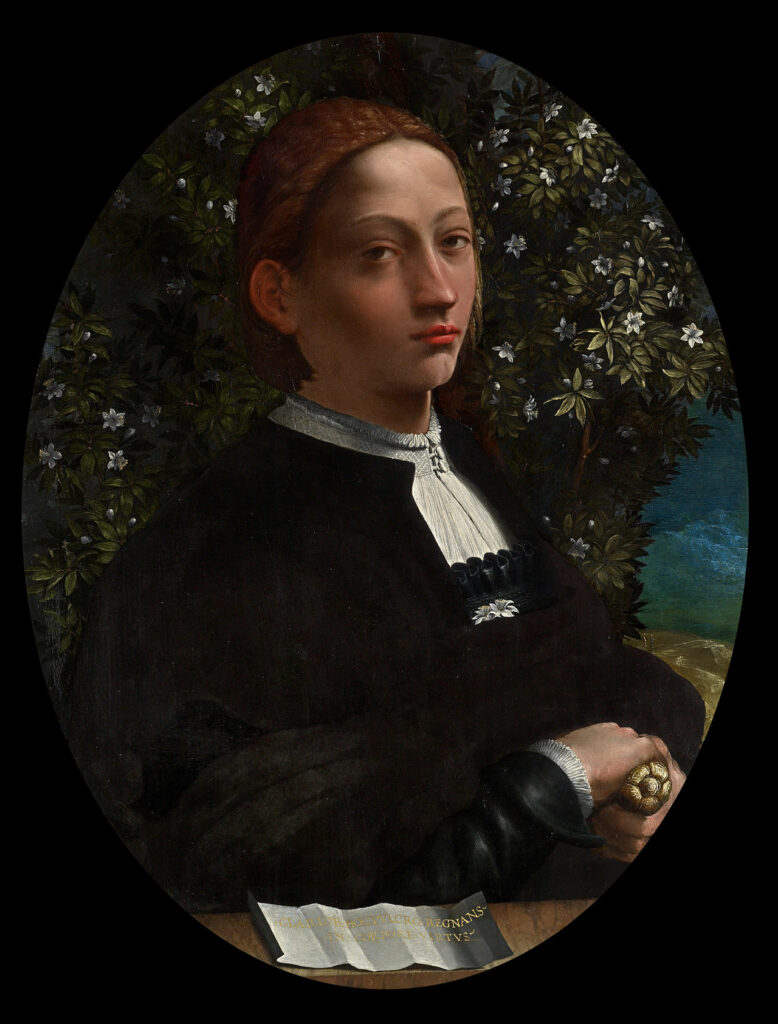
Early Life
Lucrezia Borgia was born on the 18th of April, 1480, in the Italian valley of Subiaco. She was the illegitimate daughter of Cardinal Rodrigo Borgia, an important Italian Renaissance figure who would go on to become the Pope.
Her father, Rodrigo Borgia, was a Spaniard originally from New Valencia but moved to Rome in the mid-15th century.
Her mother, Vannozza dei Cattaneo, was a gorgeous woman and the chief mistress of Cardinal Borgia, with whom he had three other sons, Cesare Borgia, Giovanni Borgia, and Gioffre Borgia.
Lucrezia’s father, Rodrigo Borgia, quickly rose through the Catholic church hierarchy in Rome under the sponsorship of his uncle Alphonso, who had been elected Pope Callixtus III in 1455.
Rodrigo Borgia became a cardinal by 1456, a powerful office in Rome, which controlled much of Italy at the time, even well beyond the Vatican.
Rodrigo Borja was not a particularly devoted Cardinal; he had many mistresses and fathered several children.
Although, this was not so uncommon for clergymen at the time as there was a high level of hypocrisy in the church during this period.
Celibacy was preached as a virtue, but many men in prominent positions in the church blatantly disregarded these teachings and had clandestine love affairs, which made their lifestyle a subject of much scrutiny and criticism among church reformers at that time.
Rodrigo Borgia had four children with his mistress, Vannozza, with Lucrezia being the only girl child of her mother. She got along with her siblings, especially her older brother Césare Borgia.
Cesare would go on to play a prominent role in his sister’s later life, and the strong bond between brother and sister would later lead to some dark rumors.
Education
Lucrezia was afforded a significantly good education as the daughter of a very prominent figure in Rome at the time. Her education was grounded in the new humanist learning, developed in Italy during the Renaissance period and focused on ancient Greek and Roman texts.
Lucrezia was tutored by a sphere of intellectuals and could learn and achieve fluency in several languages like Spanish, Italian, Catalan, French, Greek, and Latin.
She was also well-schooled in classical literature, arts, music, politics, philosophy, and logic. She also received essential teachings befitting a lady of her time in areas such as silk, embroidery, and painting.
However, this advanced education she received did not allow her to become a master of her fate. Instead, it was all part of a strategic gambit by her father to equip her with the necessary skills and qualities that would make her a successful wife of a European prince or monarch.
Many Marriage Proposals
Lucrezia was said to be a gorgeous woman. She had hazel eyes, clear skin, and blonde curly hair, and she possessed a natural grace and elegance.
She was also growing up during a significant period in the history of Italy. Politically, Italy was not a united country but divided into a series of related kingdoms and territories with both large and small city-states.
These factors significantly affected Lucrezia’s life because her father wanted to secure their family’s status and respect within Rome’s political landscape. Moreover, Lucrezia was the patriarch’s only daughter and, as a result, was a means to an end to her family’s public virtues and private vices.
When she was 11 years old, Lucrezia’s father sought to use her to gain political leverage in his hometown of Valencia.
He promised her hand in marriage to a Valencian lord named Don Cherubin de Centelles. But this marriage and several other marital arrangements were called off in the following years as Rodrigo Borgia’s political fortunes improved, and his bargaining power and ambition also grew.
In August 1492, Rodrigo won the contest to become the next pope and was elected Pope Alexander VI. As a result, he could now negotiate a far more profitable marital alliance for Lucrezia, with a family of higher rank, in the Italian peninsula.
First Marriage of Lucrezia Borgia
On the 12th of June, 1493, a proxy marriage occurred between Lucrezia and Giovanni Sforza.
Giovanni was a member of the powerful Sforza family, which ruled the Duchy of Milan and several other core states in the north of Italy. Lucrezia’s marriage to Giovanni lasted only four years.
In 1497, his father, the Pope, felt that the alliance with the Sforza family was no longer the best option. Instead, he petitioned for an annulment of the union to negotiate a more profitable marriage alliance for Lucrezia.
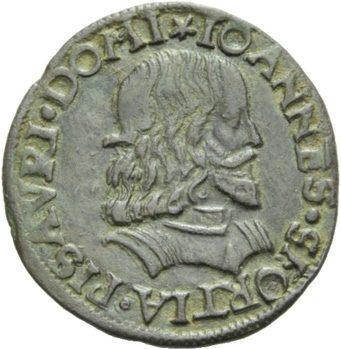
Lucrezia’s father initiated divorce proceedings claiming Giovanni could not consummate the marriage because he was impotent. After applying pressure on the Sforza family, they agreed to end the union.
After the annulment, Giovanni Sforza, who felt humiliated, started spreading rumors, alleging that Lucrezia was engaged in sexual relations with her father and brothers. He stated that;
“the pope does not want for another what he wants to keep for himself.”
With these words, Giovanni Sforza gave rise to the accusations of incest associated with Lucrezia Borgia throughout history.
While the rumors of incest might inaccurate, Giovanni Sforza only sought to defend himself from accusations of impotence that the Borgia family had labeled on him during the divorce proceedings.
During the marriage annulment between Lucrezia and Giovanni, a rumor began that Lucrezia had an affair and got pregnant for someone else.
The following events are unclear as Lucrezia was sent to a convent where she was away from public spectacle for some time and reportedly gave birth to a child at the convent. The suspected father of the child was mysteriously found dead in the river Tiber.
Her Second Marriage
Lucrezia married Alphonso of Aragon in 1498. She was 18 years old at the time, and Alphonso was 17. The Aragon family was one of the most powerful families in Rome at the time.
Alphonso was a cousin of the Spanish Royal family and a descendant of the Royal family of Aragon. The King, Ferdinand II of Aragon, was one of the two monarchs of Spain. Lucrezia’s marriage to Alphonso resulted from her father’s decision to show support for the Spanish in the Italian wars temporarily.
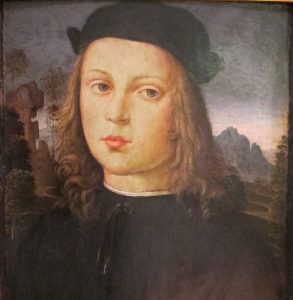
Despite the marriage being a good match, as both Lucrezia and Alphonso were considered to be in the same age bracket and were even said to have fallen deeply in love with each other, as Alphonso shared Lucrezia’s artistic and literary interests, this marriage would only last as long it favored her father Pope Alexander’s diplomatic alignments.
In 1500, the Pope started supporting France again; hence, Alphonso was no longer useful, and somehow he showed up dead in Rome.
Some sources believe that Lucrezia may have been complicit in his murder. This would make Lucrezia a widow at just 20 years of age.
The Third Marriage ofo Lucrezia Borgia
Two years after the death of Alfonso d’Aragon, Lucrezia had her third and final marriage. She got married to Alfonso d’Este, who was yet another young man of high ancestry.
The son and heir to Ercole I d’Este, Duke of Ferrara, in northern Italy. Alphonso d’Este would succeed his father and become Duke of Ferrara in 1505. Her marriage to Alfonso d’Este was also her longest marriage, as the marriage took place in 1502 and would last for the remainder of Lucrezia’s life.
The marriage produced several children, though their parentage was sometimes questioned, as Lucrezia, like her husband the Duke, engaged in a string of extramarital affairs throughout the 1500s and 1510s.
Myths And Legends
Lucrezia’s many affairs and marriages and her family relations made her a subject of many myths and salacious gossip in late 15th and early 16th century Italy.
Lucrezia also developed a reputation for being a femme fatale. She was rumored to wear a hollow ring that could open up and allow her to insert poison into unsuspecting victims’ drinks.
However, no documented historical evidence exists to back up these claims, and these stories may have been entirely made up to smear the reputation of Lucrezia.
Infidelity
Lucrezia had at least eight children, perhaps ten, the parentage of which was highly debated.
Many rumors claimed that some of her children were illegitimate, which lovers from her extramarital affairs had fathered. As noted earlier, Lucrezia was involved in several illicit affairs outside her marriage.
This was common in Renaissance Italy as her marriage with Alfonso d’Este was a ‘marriage of convenience,’ and neither partner was faithful.
Amongst Lucrezia’s numerous love affairs was a long-standing romantic relationship with her brother-in-law, Francesco II Gonzaga, Marquess of Mantua, who was said to have contracted a sexually transmitted disease called syphilis around the time of their affair.
Syphilis was an STD that had arrived with devastating consequences in Europe in the late 15th century. However, Lucrezia did not contract this disease from Francesco, as women were less prone to it than men.
Incest Accusations
Lucrezia also came under accusations of an incestuous relationship with her brother, Cesar Borgia. Cesar Borgia was even suspected of orchestrating the murder of her second husband, Alfonso d’Aragon.
Though some sources claim that this might not exactly be some lover’s revenge but a move motivated by the Borgia family’s political ambitions, which wanted Alphonso out of the picture at the time.
The Banquet of Chestnuts
Another particularly notorious incident that Lucrezia was linked with was The Banquet of Chestnuts. This was a party thrown in Rome on the 30th of October 1501 by her older brother Cesare Borgia.
During this party, Lucrezia was alleged to have been involved in a borderline orgy, along with her brother Cesare and her father, the Pope. About fifty prostitutes, then called courtesans, were also said to be in attendance, as well as many individuals of Rome’s nobility.
Later Life
Lucrezia’s father, Pope Alexander VI, died in August 1503. He was a particularly controversial Renaissance prince that broke protocols and all of the values associated with his office. Following their father’s death, the Borgia family’s position in authority weakened.
Her brother Cesare was one of the most notorious of the Renaissance lords. However, he began to lose control over some of the territories he had acquired with his father’s patronage in central Italy.
He was eventually arrested and shipped off to Spain in 1504. He spent about 18 months in prison there before escaping and coming back to orchestrate a revolt in the North of Italy, which resulted in his death in march 1507.
This series of events saw Lucrezia Borgia go from a noblewoman from one of the most powerful and influential families in Italy to a desolate and lonesome figure from the fallen house of Borgia within a few years in the 1500s.
The later years of Lucrezia’s life were spent in the court where her husband was a duke. She is said to have performed her duties gracefully as a respectable Renaissance duchess.
Death
Lucrezia Borgia gave birth to a baby girl, who was christened Isabella on the 14th of June, 1519. However, she was noted to have had challenging conceptions and miscarriages throughout her married life, and the conception of baby Isabella had been another complicated one for Lucrezia.
After giving birth to Isabella, she fell ill, and despite showing signs of improvement in the following weeks, she never fully recovered from the complications.
Her health took a turn for the worse, and she eventually passed on the 24th of June, 1519, at the age of 39.
Lucrezia Borgia was buried at The Corpus Domini Monastery. She was the last significant figure in the Borgia dynasty, which had been so prominent in Italy since the mid-15th century.
Legacy
In 1833 the renowned French writer Victor Higo scripted a stage play named after her which recounted a version of her life.
She has also been featured in numerous books, movies, and video games. In these representations, many of the myths and rumors associated with her during her lifetime were prominently featured.
